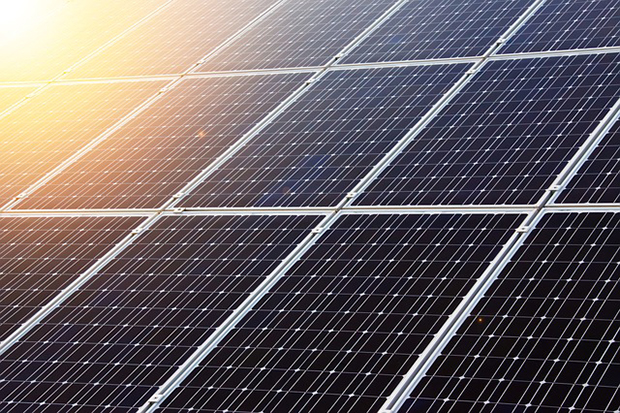The Tesla Powerwall has been the most highly anticipated product to reach the energy market in recent years. With thousands of Australians already benefitting from sourcing their own energy at home, this new wave of power farming is set to change things yet again in the world of renewable energy.
The Home Power Revolution
As Australians become more aware of the environment and wish to harness renewable energy for their own household, there has been a dramatic rise in home power generation methods such as the Tesla Powerwall.
Solar panels are also a relatively recent phenomenon utilised by Australian homes, whereby rooftop panels are installed to generate energy from the sun. The practice reduces household energy costs and provides a gentler alternative to the environment than standard energy use alone.

How does the Powerwall work?
The Tesla Powerwall is a lithium-ion battery product that stores electricity generated by solar panels for use with domestic consumption, backup power, and load shifting. By storing the electricity produced by rooftop solar panels during the day, a household is able to harness this energy at night time during the peak usage hours.
Australia is one of the first countries to have access to this revolutionary system, but the concept of the chargeable energy source is not exactly a new one. Solar battery banks have been present for a long time, but none with the hype that surrounds the Tesla Powerwall.
What does it mean for the average Australian household?
Due to the fact that Australian homes have excellent rooftop solar penetration, the Tesla Powerwall is an attractive system for our environment. Furthermore, our electricity companies charge energy on a time-based tariff, meaning we can benefit greatly from stored energy being used at these more expensive times.
The average Australian home, with a Tesla Powerwall in use, would use their existing rooftop solar panels to generate and store electricity for use each night rather than feeding it back to the grid.
According to Gizmodo, some rough figures have found that one Powerwall system could save upwards of $1AUD a day in a low use energy home, so it may take some time to see a return on investment.
Regardless of the savings at this point, renewable energy is always something to keep in mind, and with technology steadily improving, this could be the tip of the iceberg for energy storing systems in Australian homes.
What do the energy retailers think?
In the same way Uber has threatened the taxi service of Australia and other countries, Tesla is proving to be a game-changer in the world of energy providers.
As our network operators and retailers try to protect their business from the upcoming battery storage system craze, some have raised tariff prices and even banned storage systems from the grid. WA energy provider Synergy has come under criticism from customers who were advised that solar systems would not remain connected to the grid if they plan to use them for battery storage and electric vehicles.
With some customers opting to come off the grid entirely, energy retailers are concerned that this will lead to a smaller group of Australians left to carry the cost of the grid. However, the larger energy retailers such as Origin are searching for ways to evolve with this new technology.
To discuss your current energy use in your home or business, or to arrange an energy audit, we invite you to contact the friendly Everest Electrical team today on 0410 229 139.

